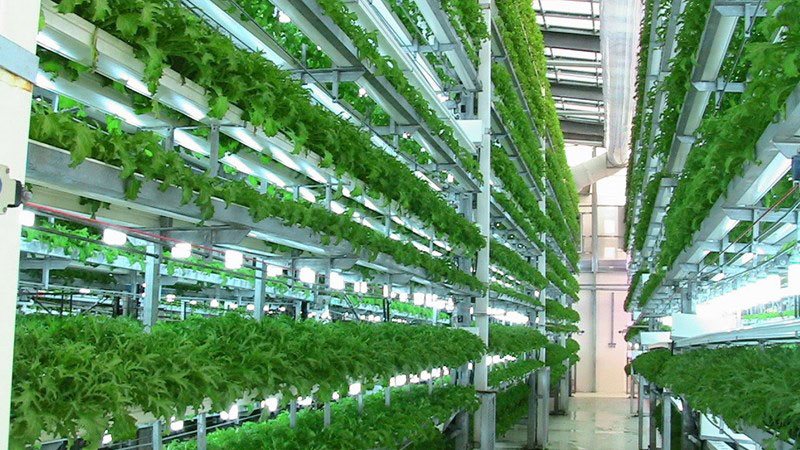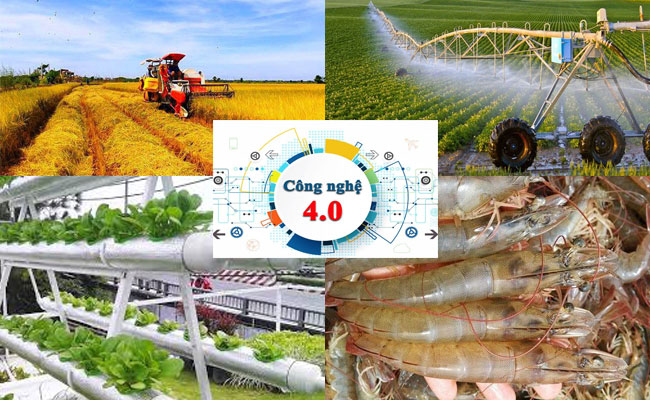VN strives to join the world’s top 15 countries in agricultural development by 2030
VGP – Viet Nam’s agricultural sector has been growing over the past years, with a number of significant achievements attained in shifting the structure towards large-scale commodity production and high productivity and quality.
 |
|
VN strives to join the world’s top 15 countries in agricultural development by 2030 |
According to leaders of the Ministry of Agriculture and Rural Development (MARD), in the next decade (2021-2030), it is necessary to orient Viet Nam’s agricultural development towards modernity, efficiency and sustainability.
Affirming position
An MARD report showed that the average GDP growth rate of Viet Nam’s agricultural sector in the 2008-2017 period reached 2.66% per year and hit 3.76% in 2018, the highest level in the last seven years. The consumption market for Viet Nam’s farm produce has been increasingly expanded.
Many models of hi-tech production and organic agricultural production have been implemented, generating great commodity value and high income whilst ensuring environmental friendliness.
The business and production capacity in the field of agriculture has also improved significantly. Vietnamese agro-products have gradually affirmed their position in the global market, getting a foothold in the markets of more than 185 countries and territories, including many high-quality markets such as the United States, Japan, the European Union and the Republic of Korea.
Viet Nam’s agricultural exports currently rank second in Southeast Asia and 15th in the world, bringing about an important source of foreign exchange for the country.
As shown in statistics, Viet Nam’s total agro-forestry and fishery exports have increased rapidly over the past 10 years, with an average growth rate of over 9% per year. The sector’s export revenues reached a record US$40.02 billion in 2018, with 10 products posting an export turnover of US$1 billion or above.
 |
|
Many models of hi-tech production and organic agricultural production have been introduced, generating great commodity value and high income whilst ensuring environmental friendliness |
Vision and objective
In order to accelerate Viet Nam’s agricultural development in the near future, the Government has set out a vision to 2030 which is to develop agriculture towards modernity, sustainability and large-scale commodity production, and to apply science & technology and creative innovation to improve productivity, quality, efficiency and competitiveness. The vision also includes improving the lives of farmers and building modern civilized rural areas.
Viet Nam strives to join the world’s top 15 countries in agricultural development and top 10 in terms of farm produce processing by 2030.
Agricultural businesses are defined to play a key role in facilitating the development of agricultural production towards modernity, commodity production and raising the competitiveness of Viet Nam’s agro-products.
The Government has set an aim of achieving an annual growth rate of 3% in the agro-forestry and fishery production value by 2030, and a growth rate of 6-8% per year in terms of agro-forestry and fishery exports.
The agricultural sector is targeted to have 80,000-100,000 businesses doing effective business, including 3,000-4,000 large-sized firms and 6,000-8,000 medium-sized enterprises.
Making optimal use of opportunities from Industry 4.0
To achieve the aforementioned goals, the resolution has set out specific solutions, including continuing to complete institutions and reform administrative procedures; drastically reducing barriers on business conditions in agriculture; developing production, processing and consumption of agro-products in accordance with the market demands and the sector’s development strategies and plans; renovating mechanisms to support businesses in expanding markets; and perfecting credit policies for agricultural projects in the direction of encouraging investment in the agricultural sector.
By Vien Nhu

